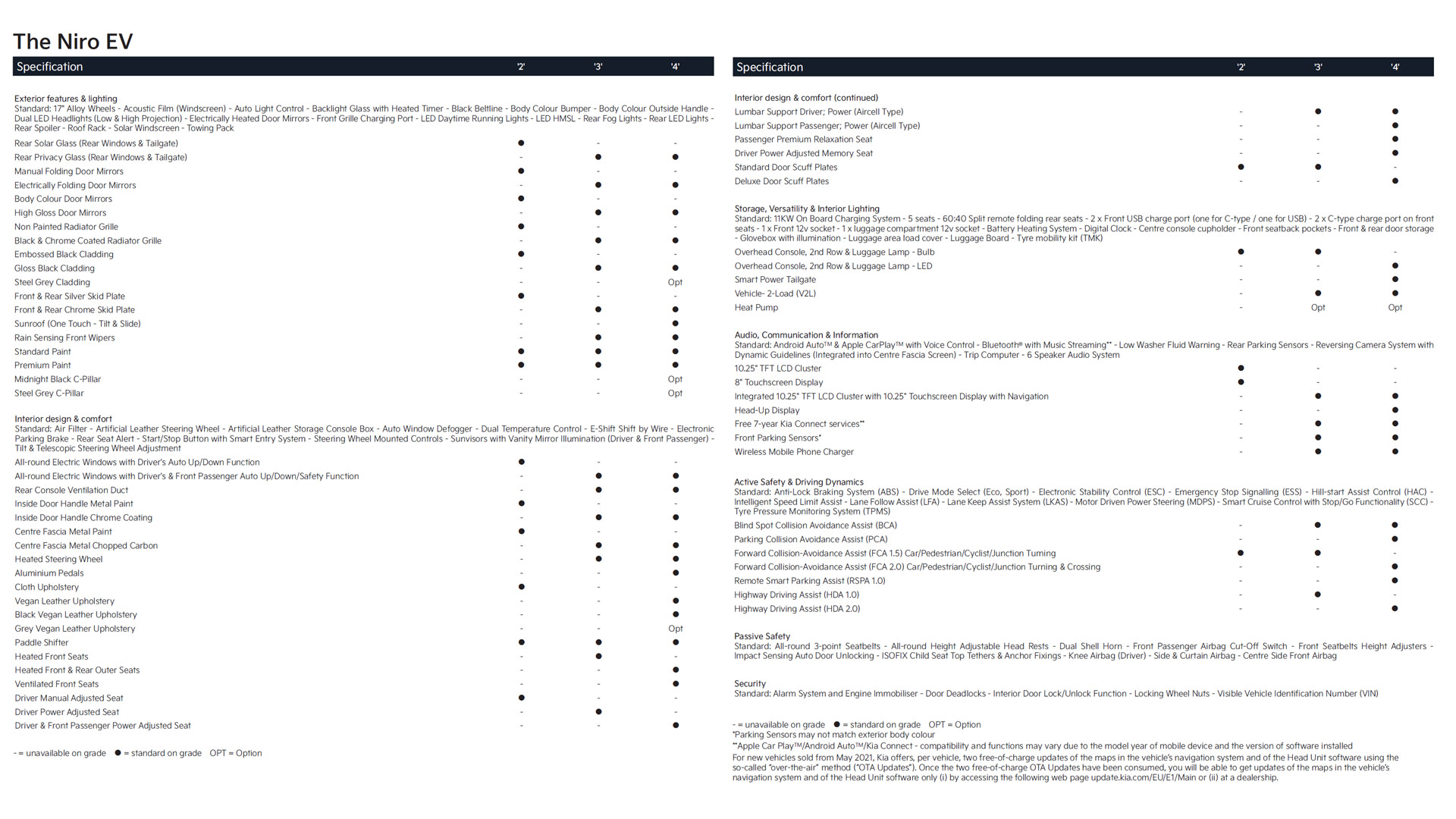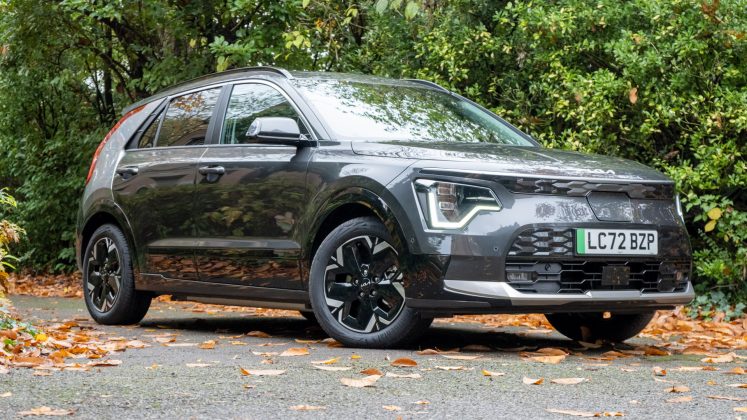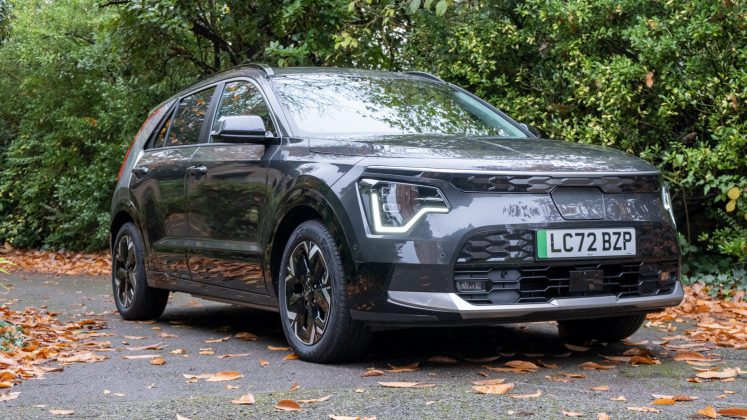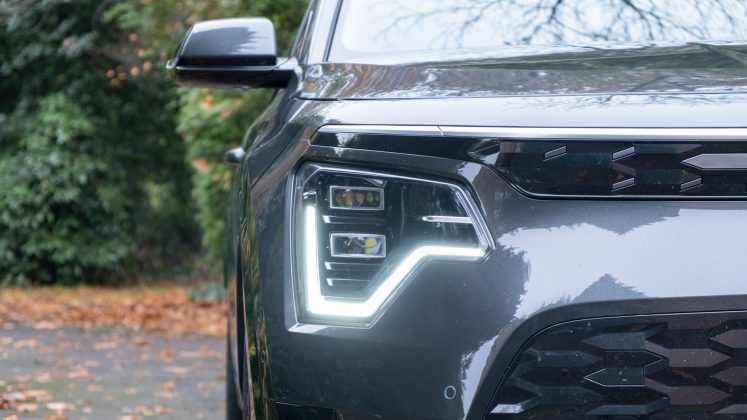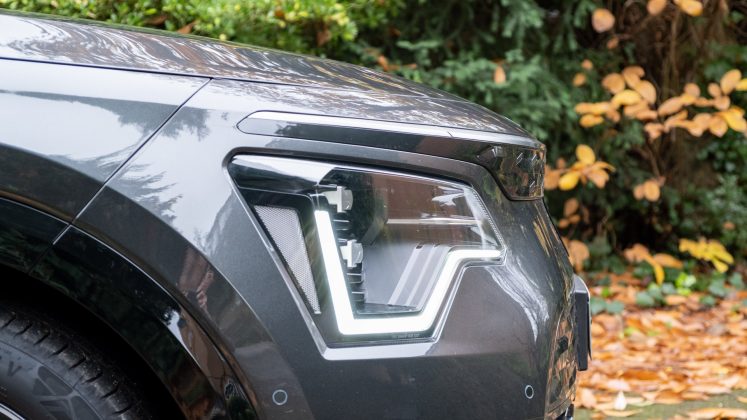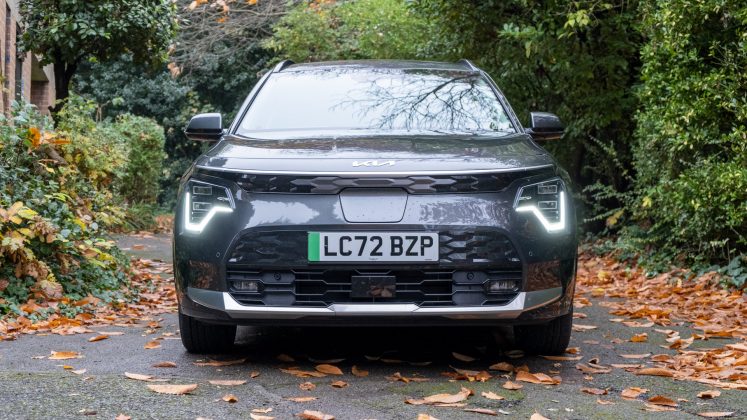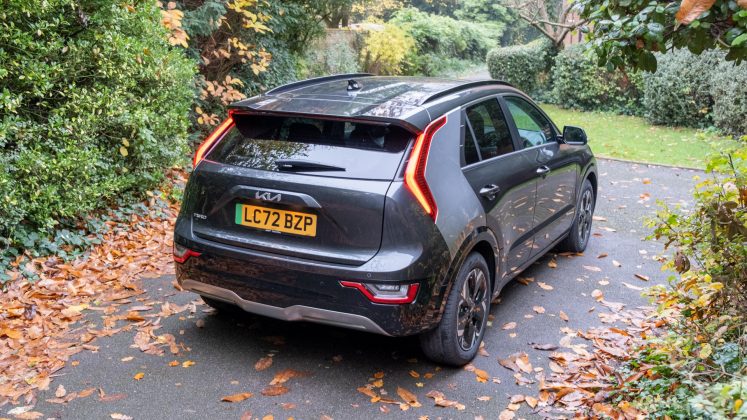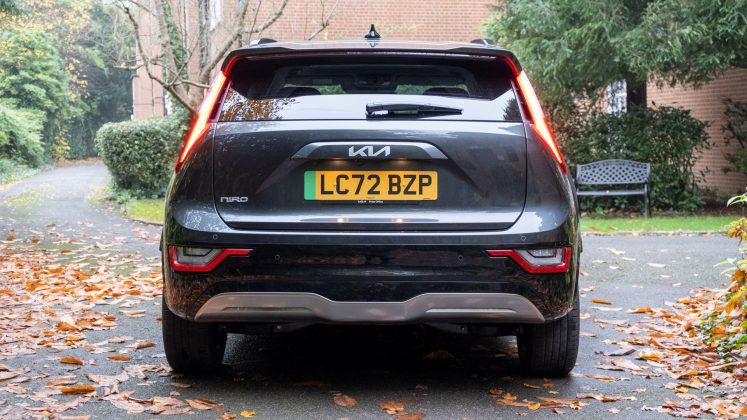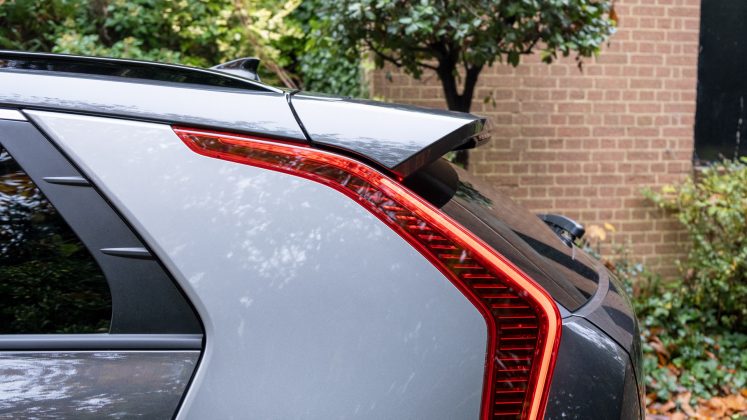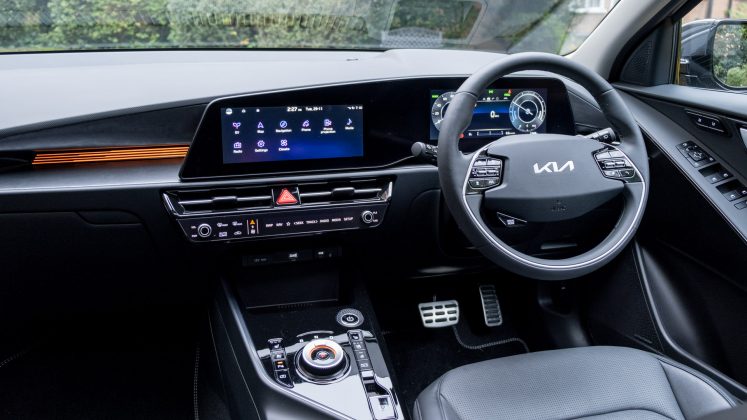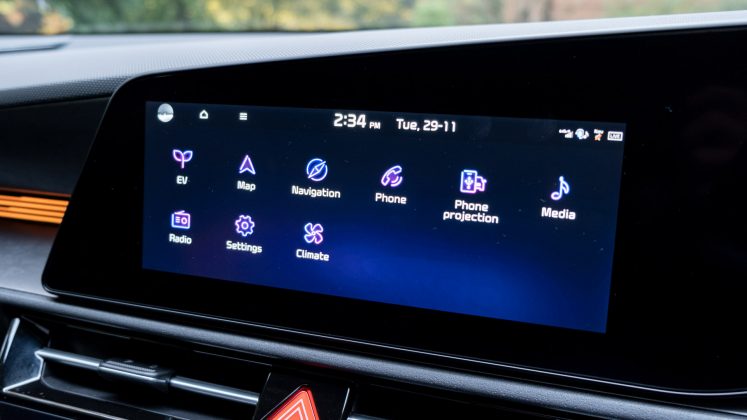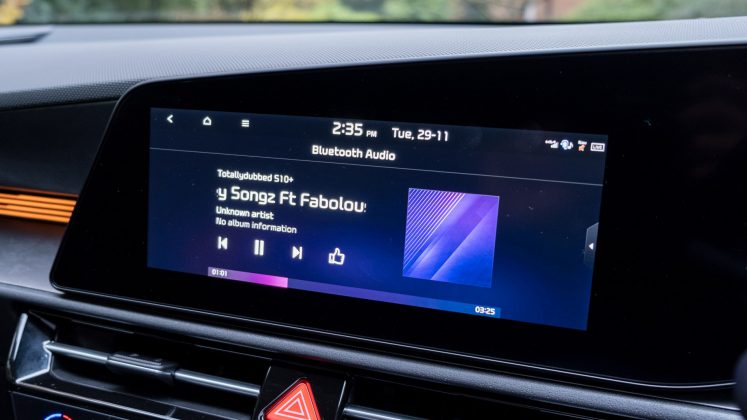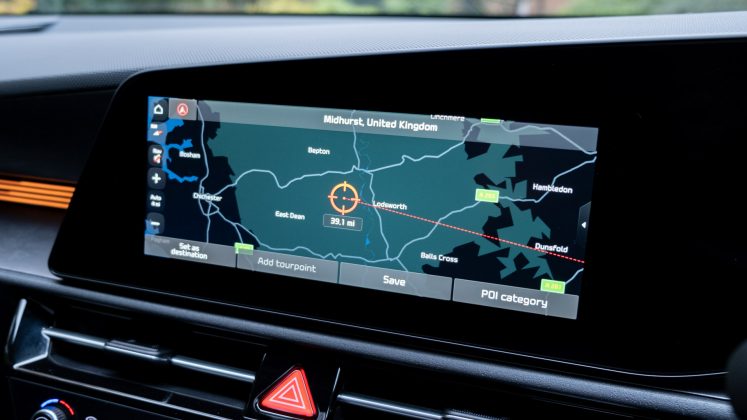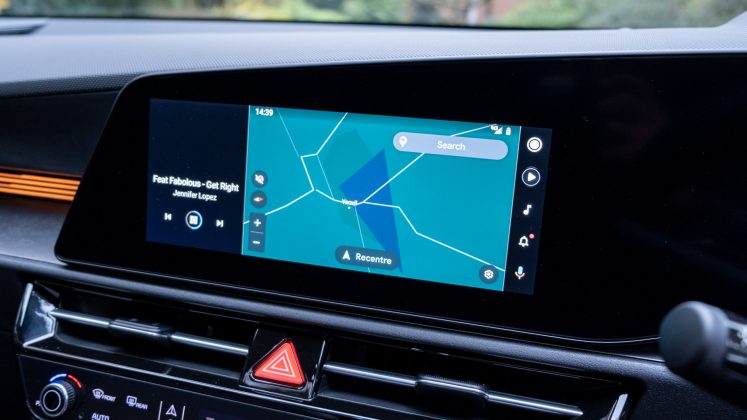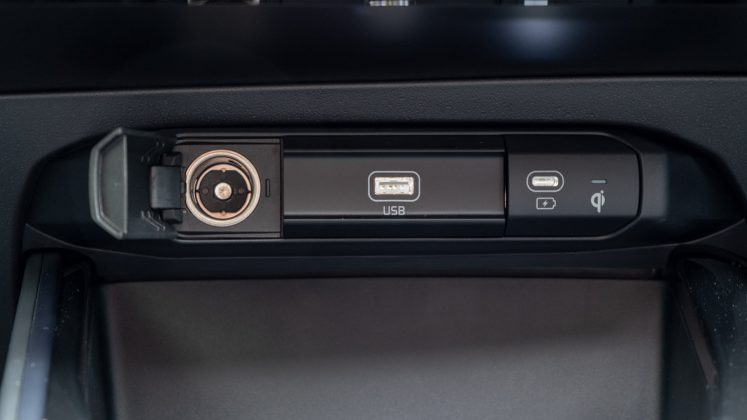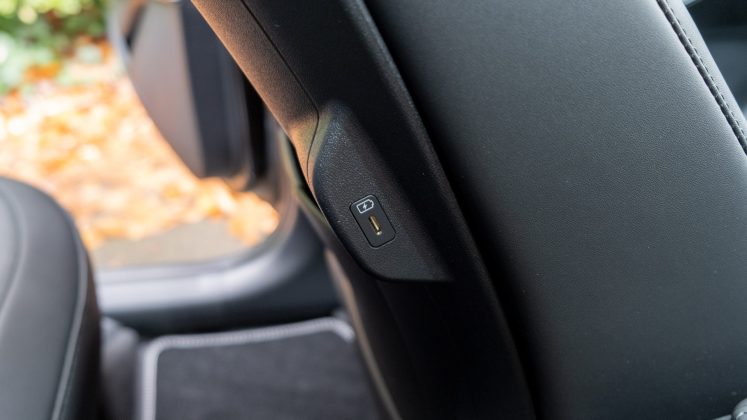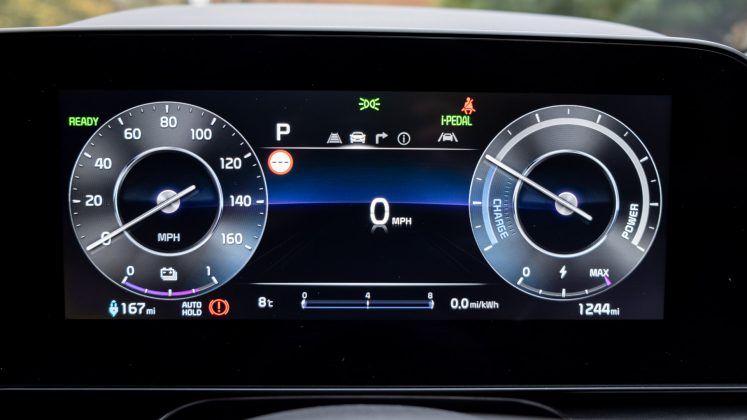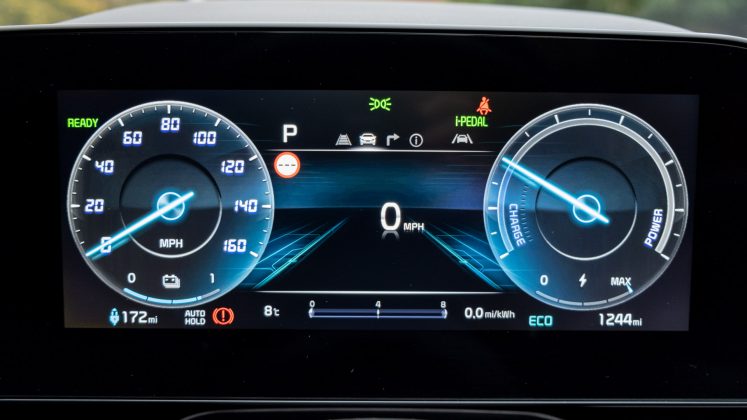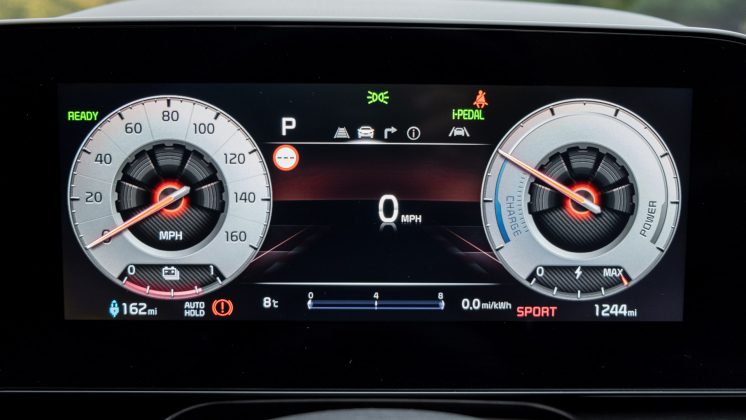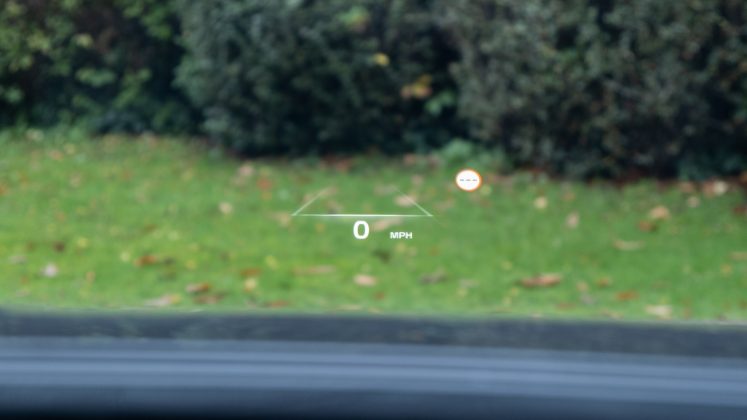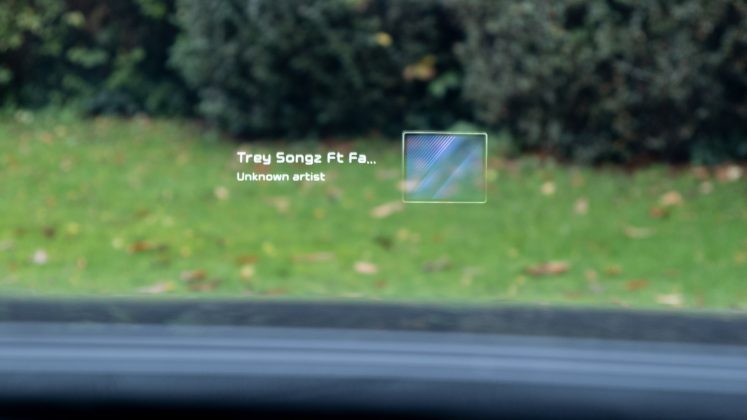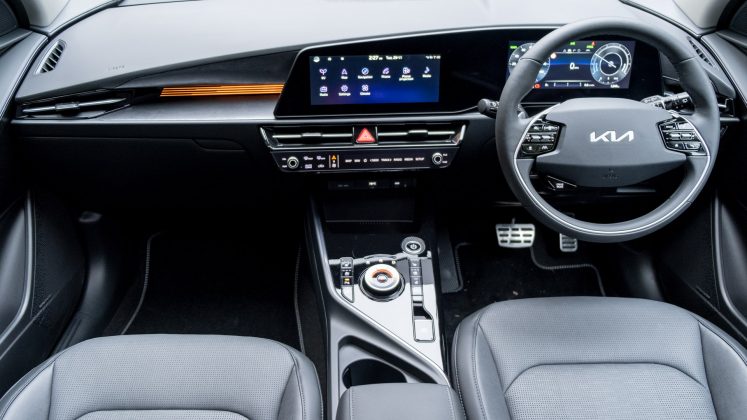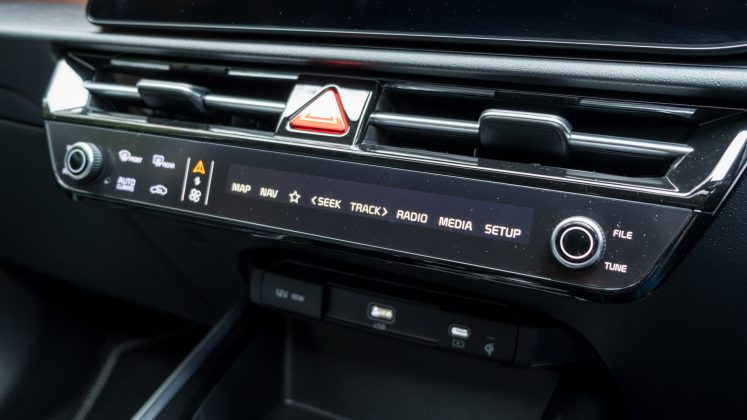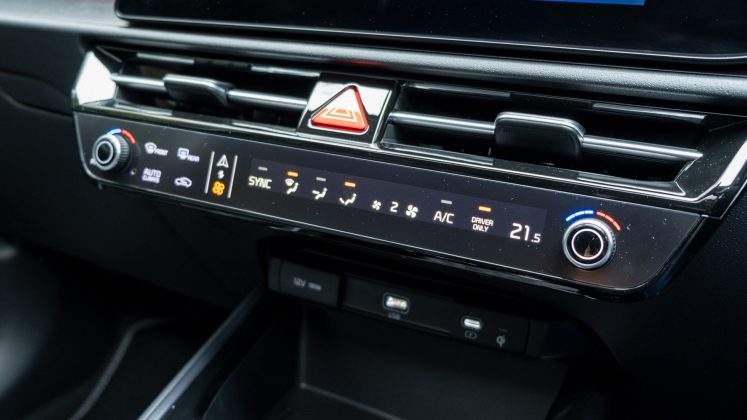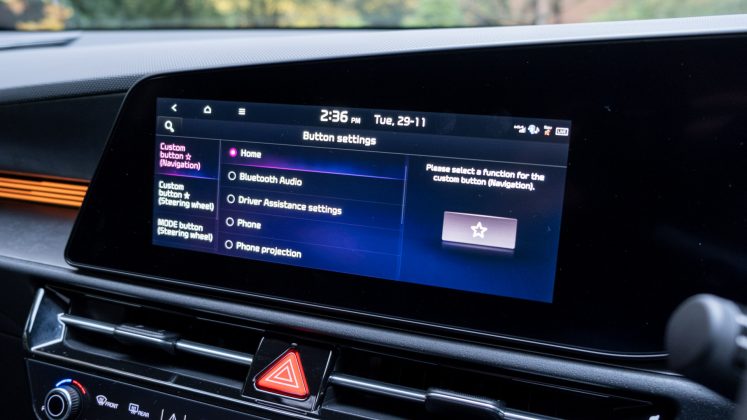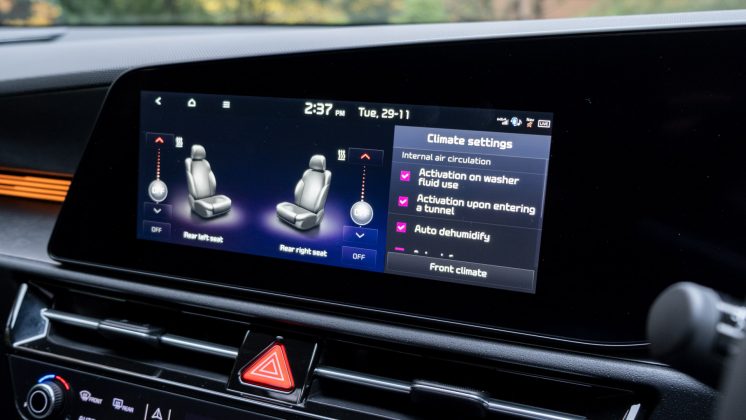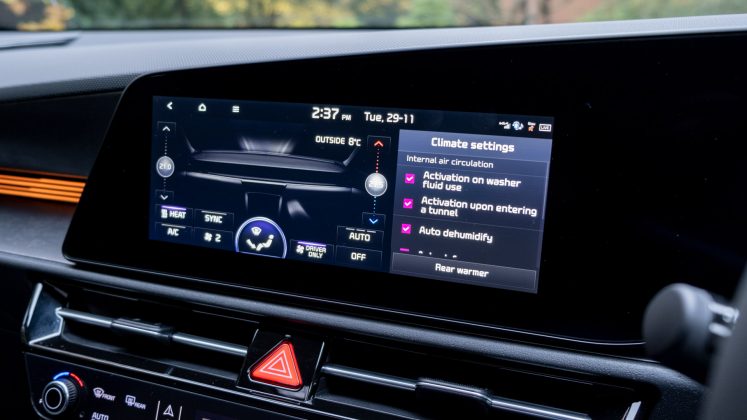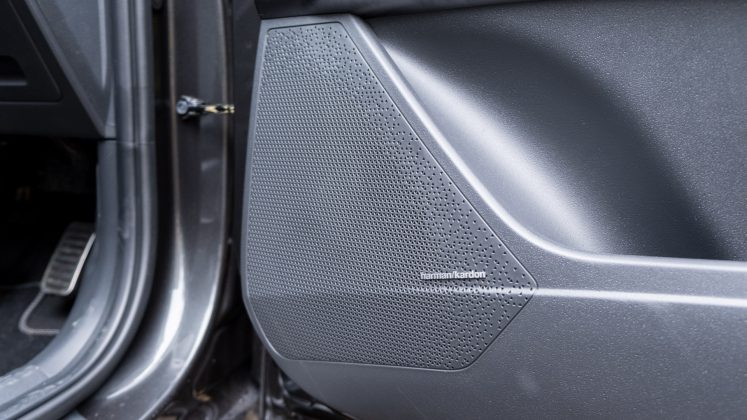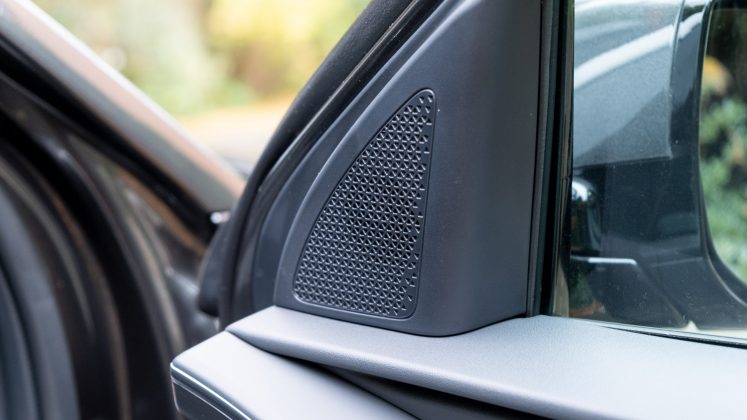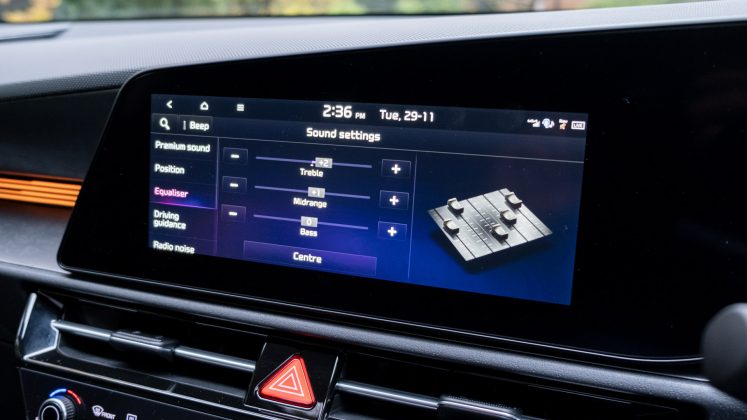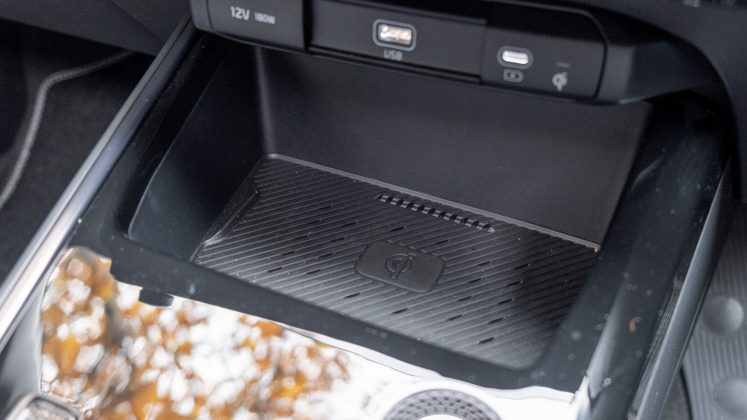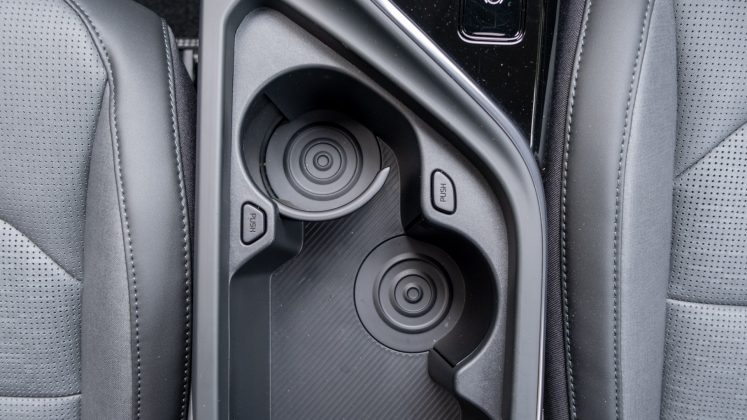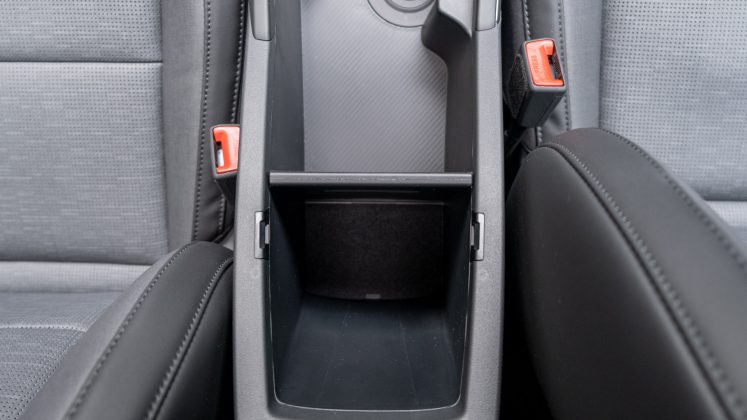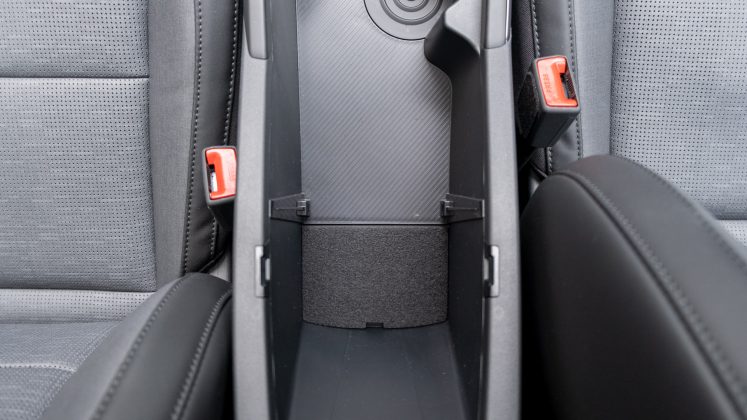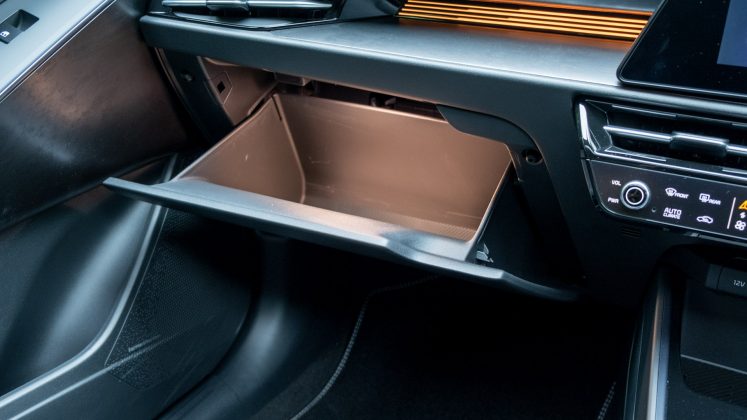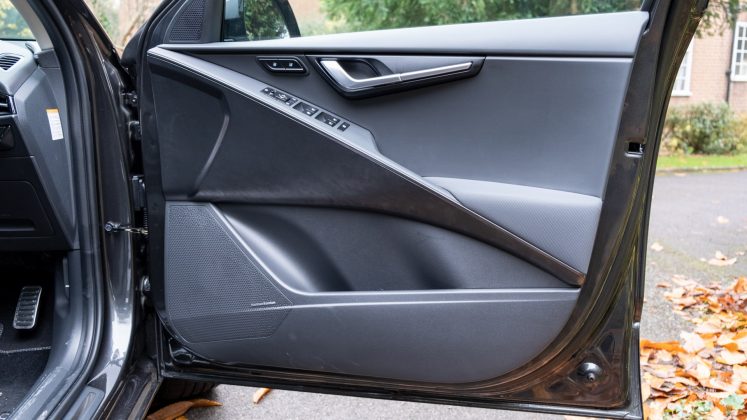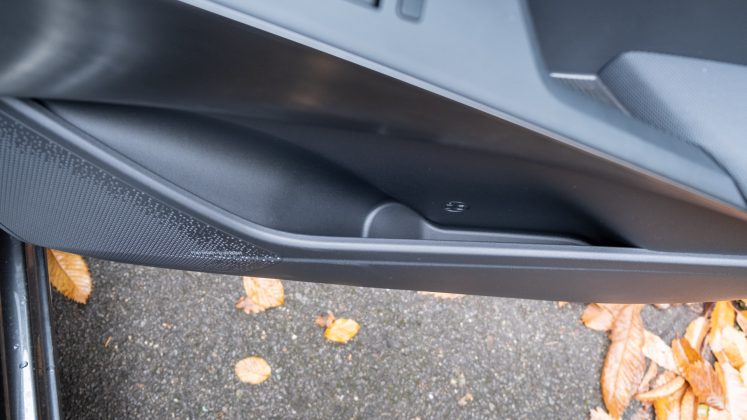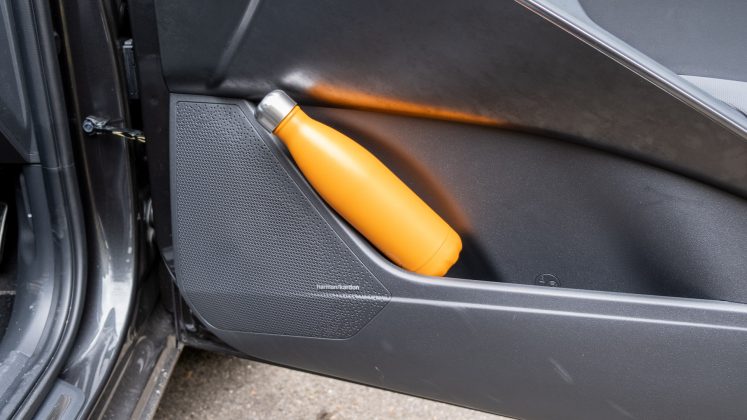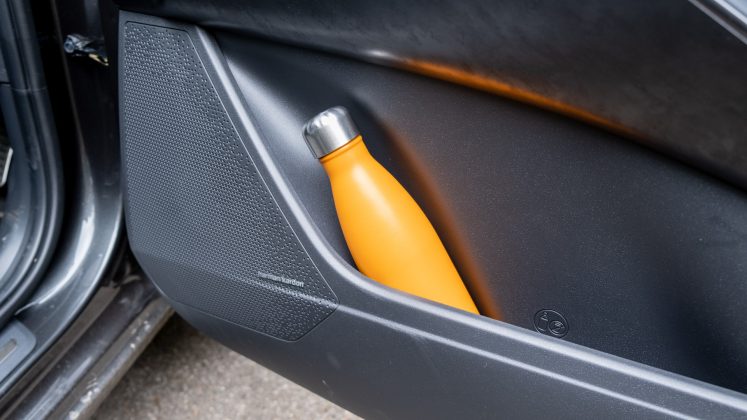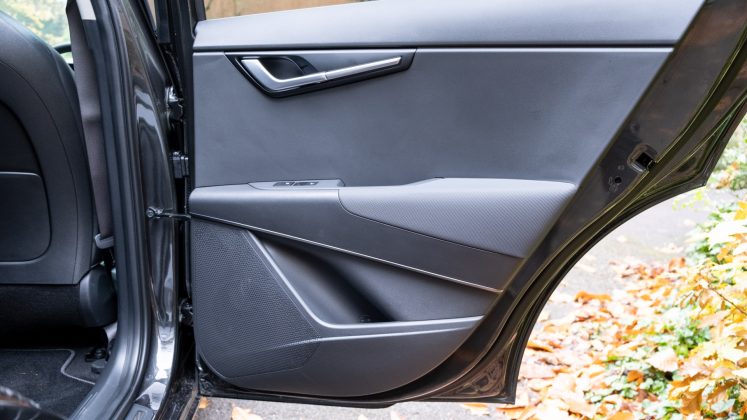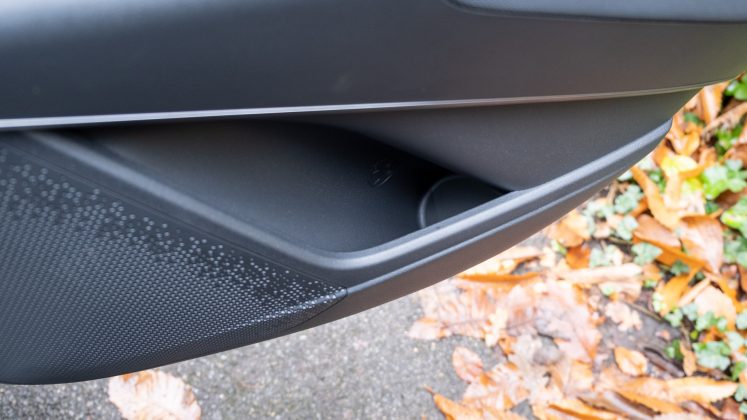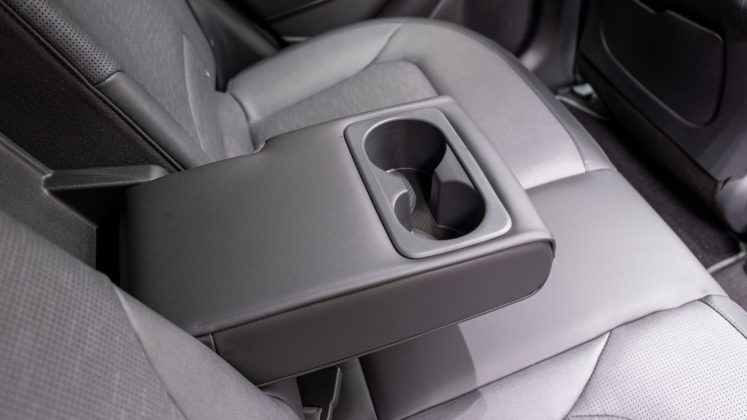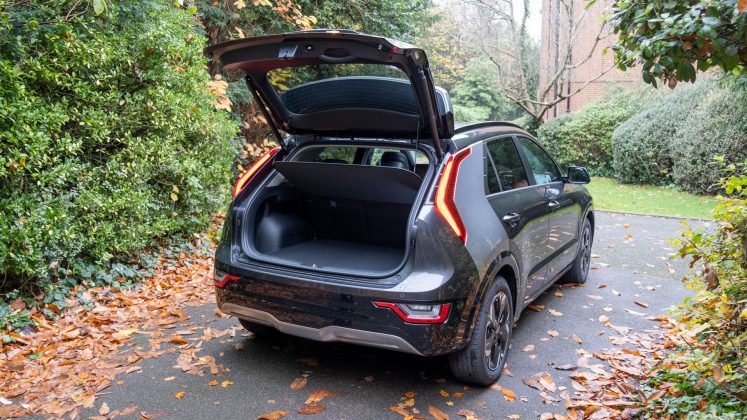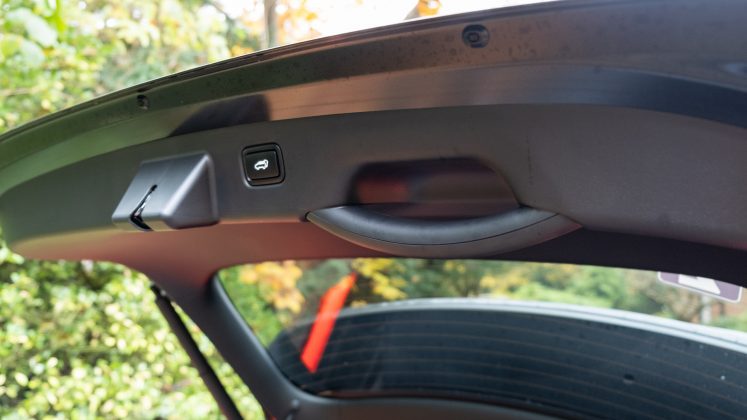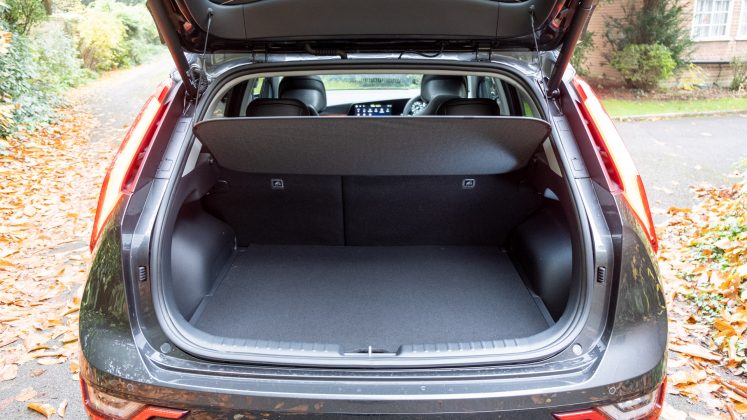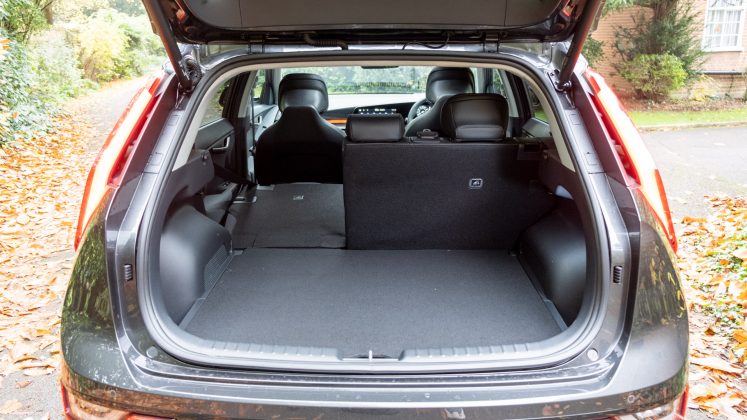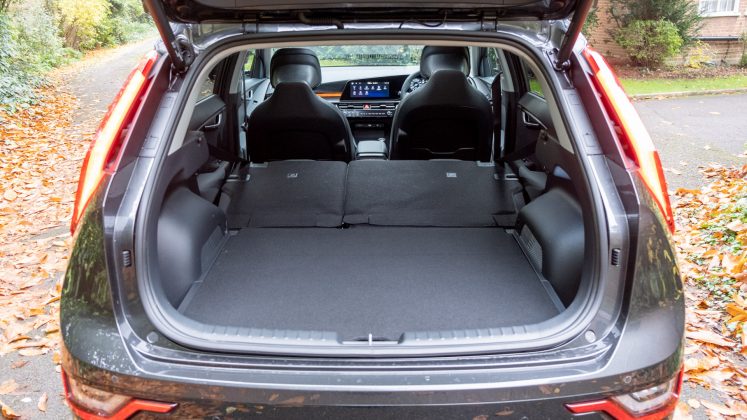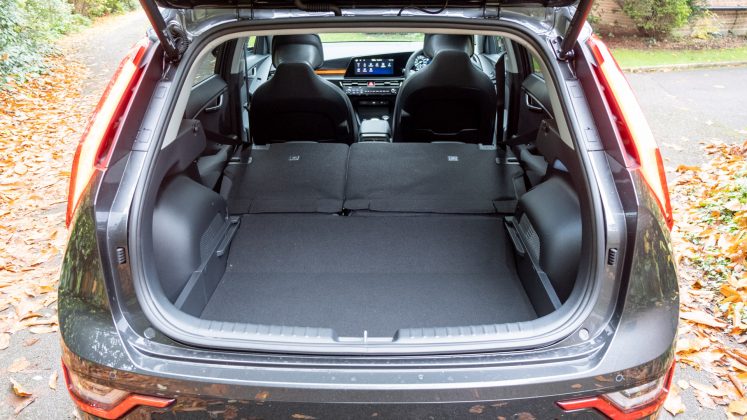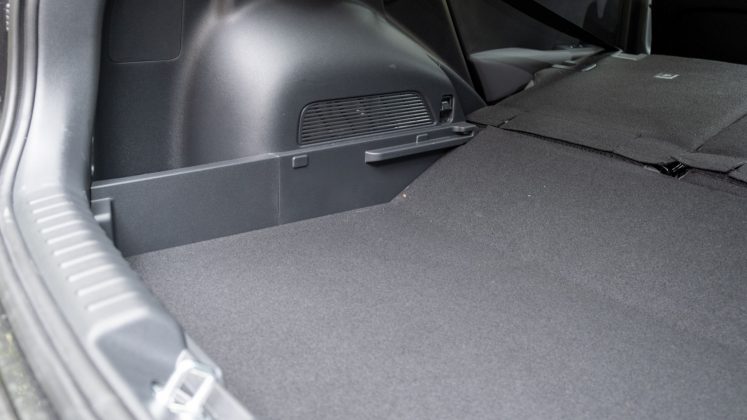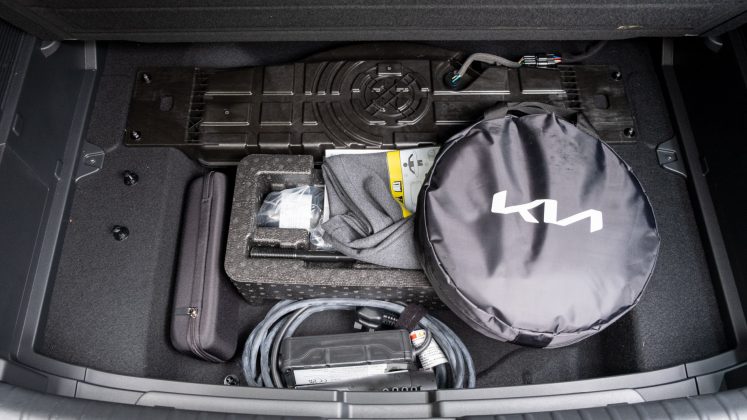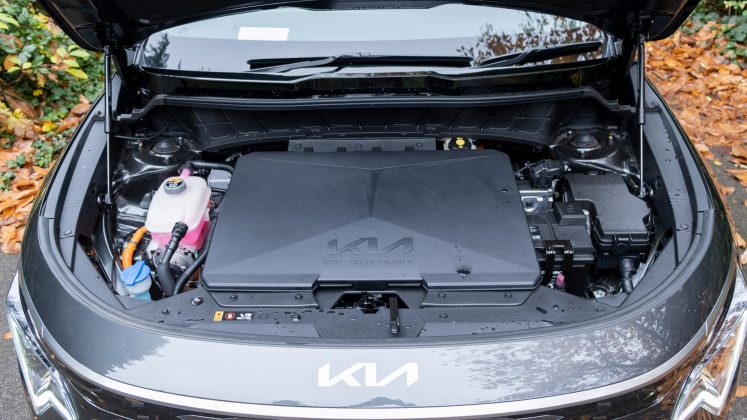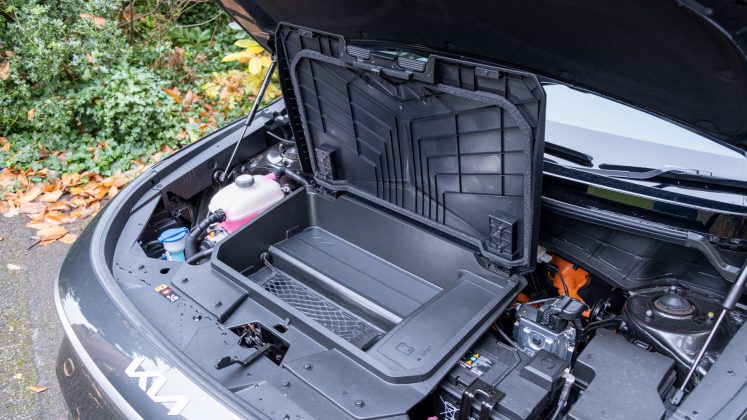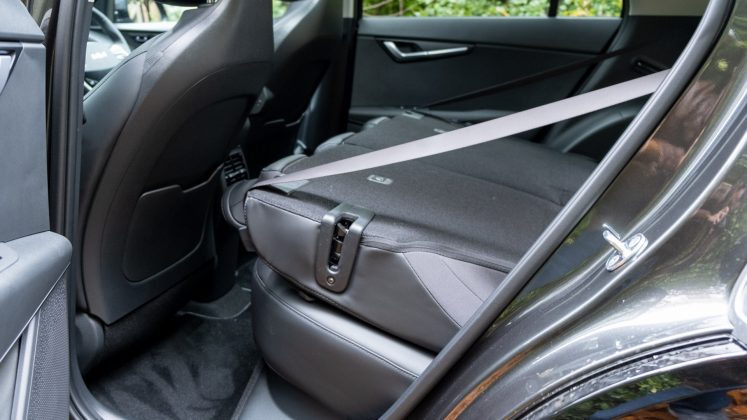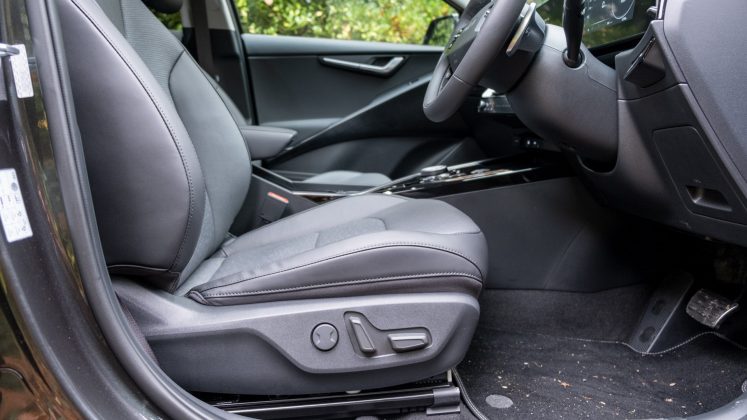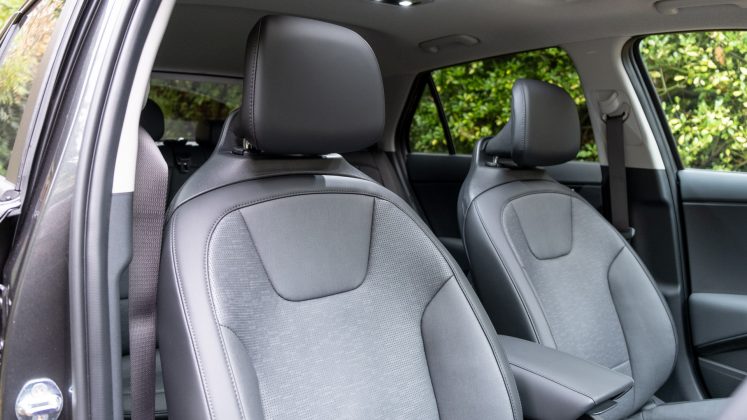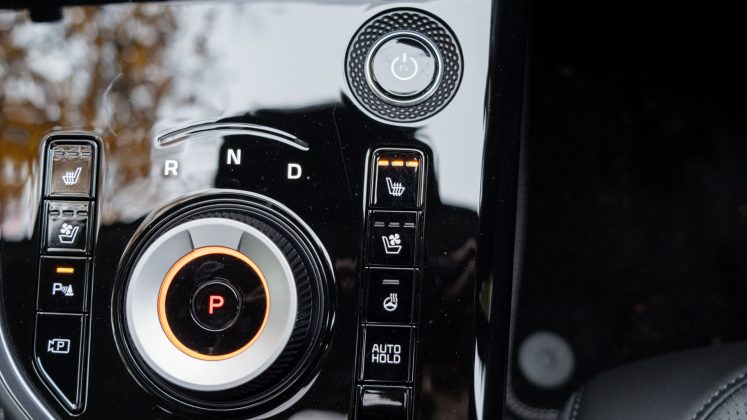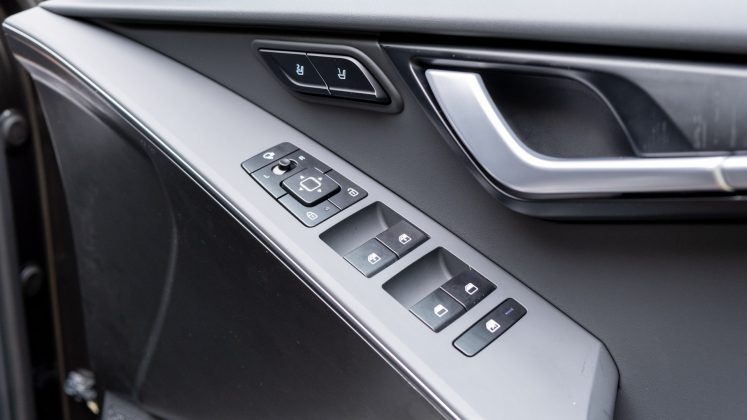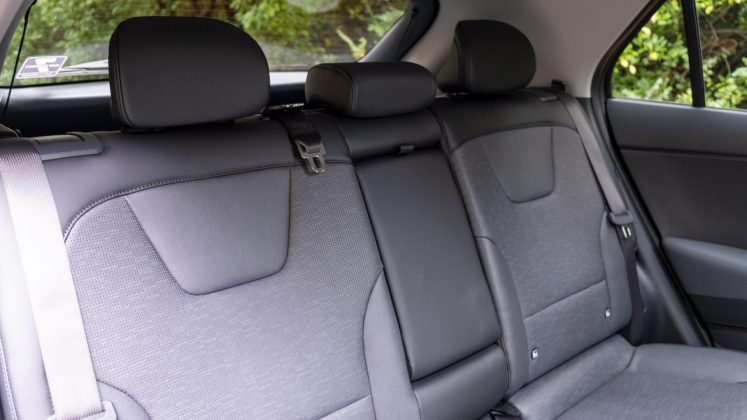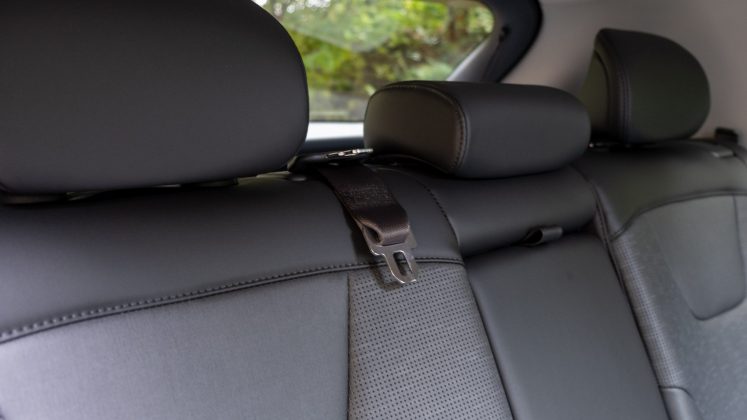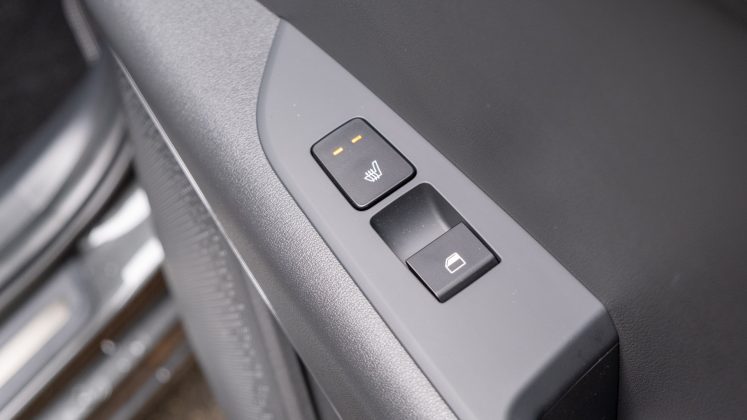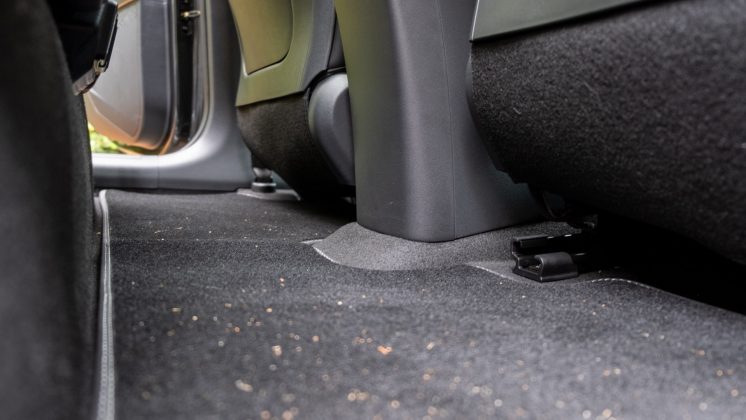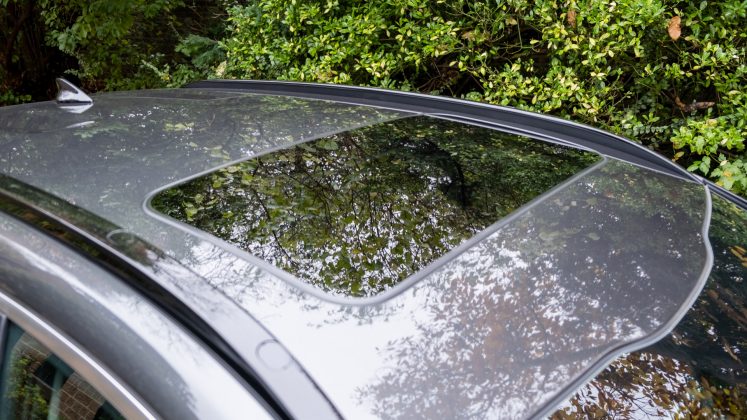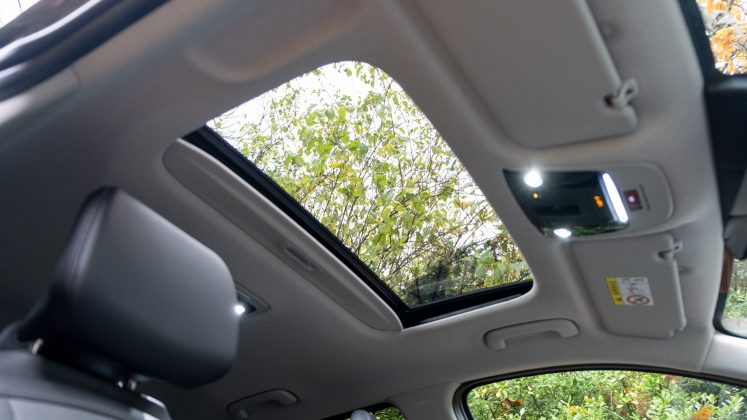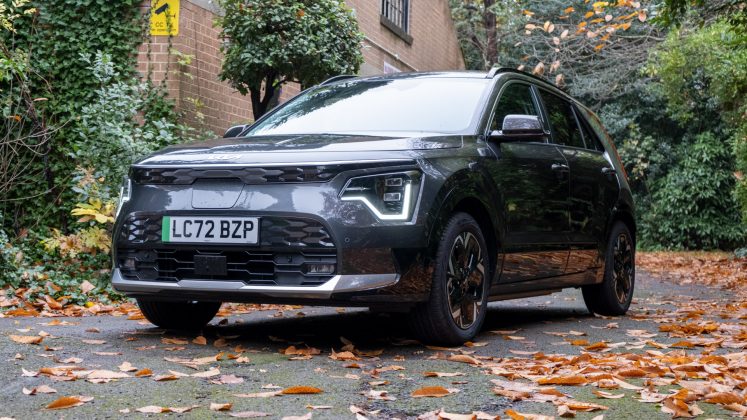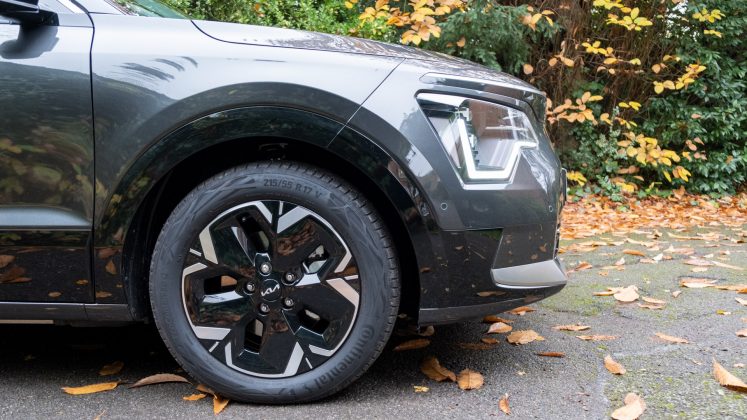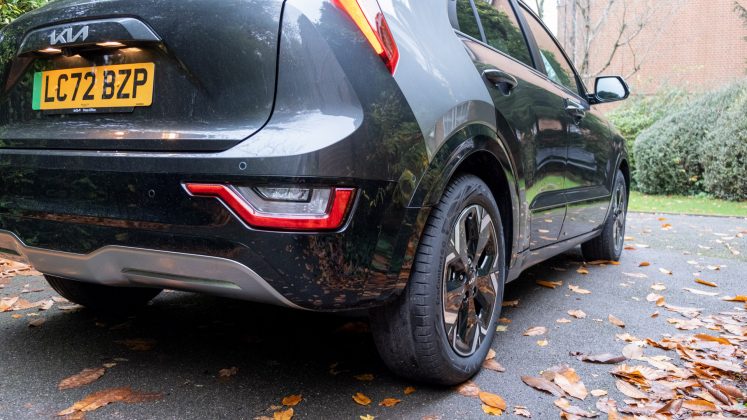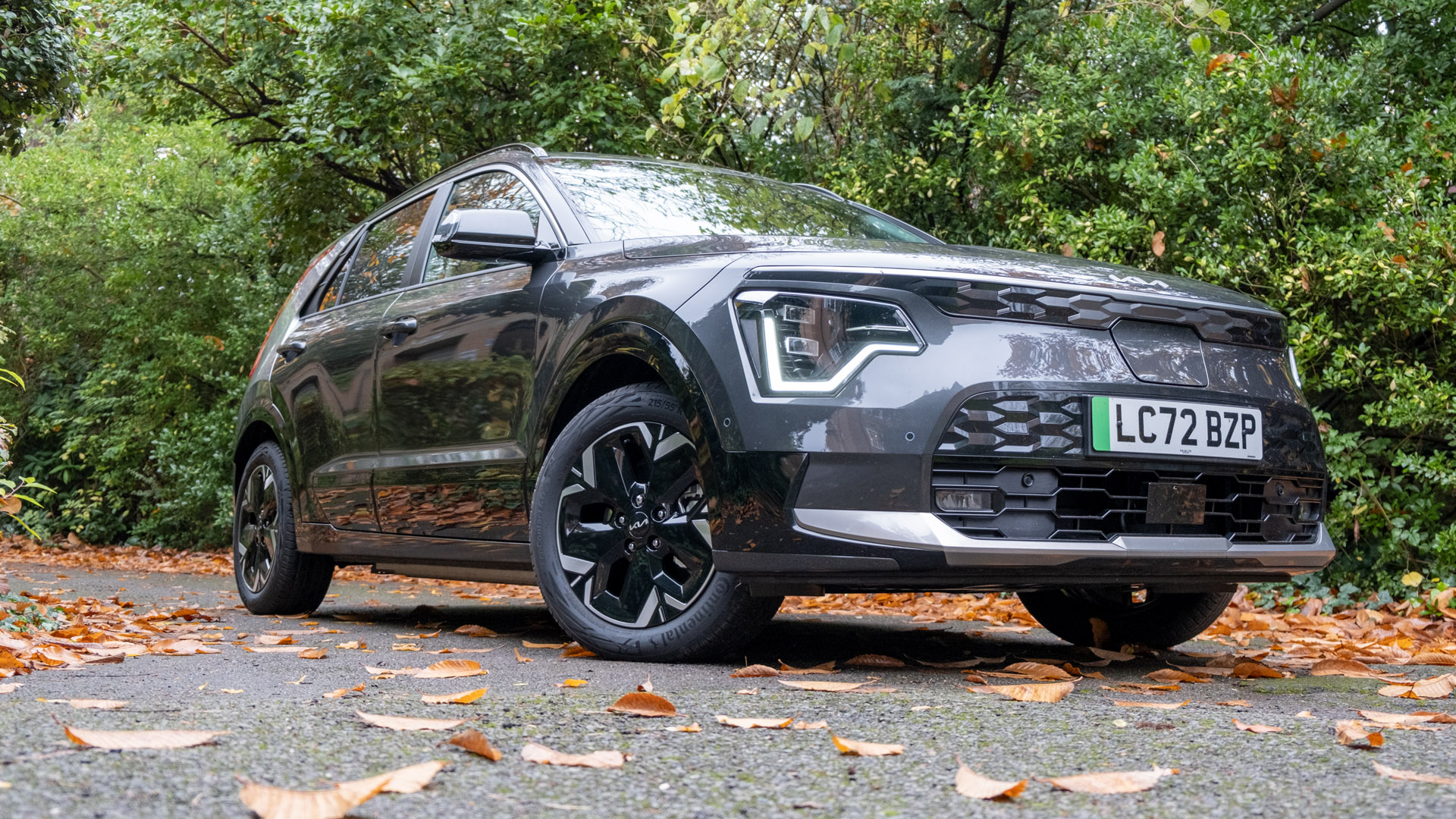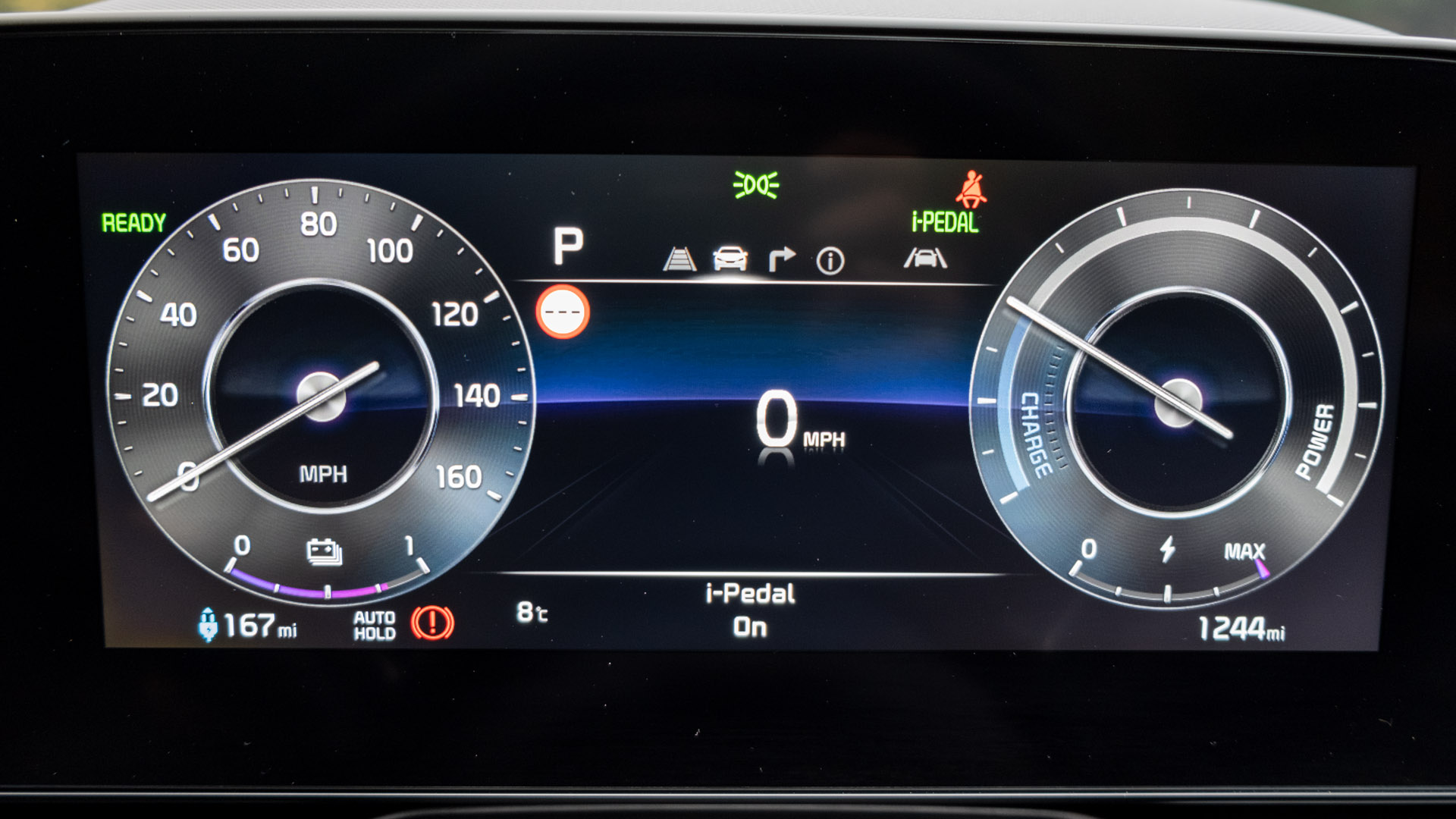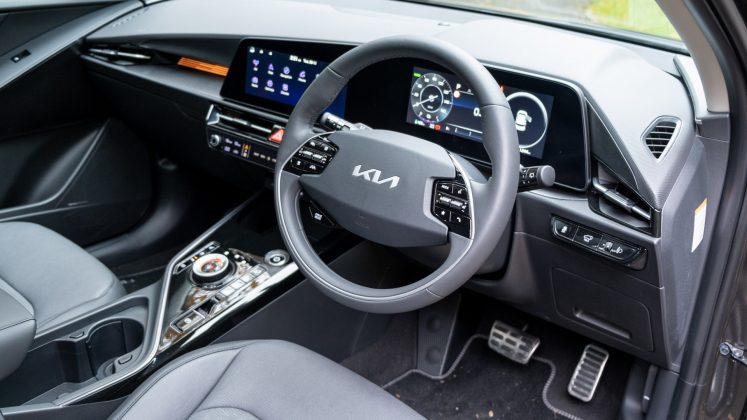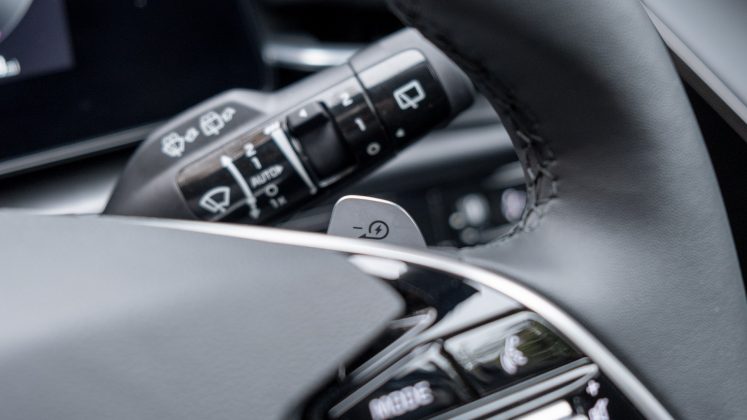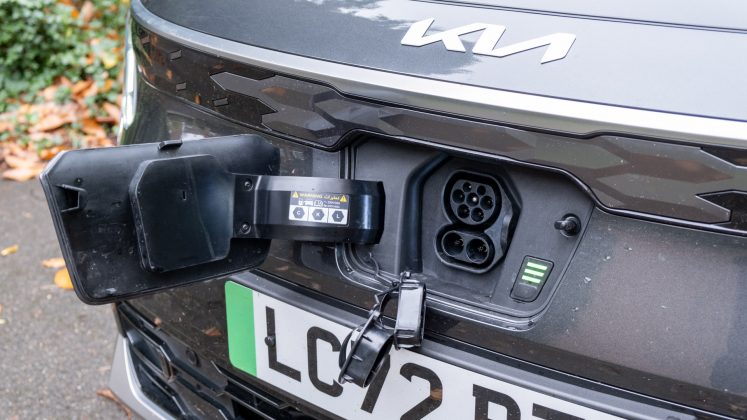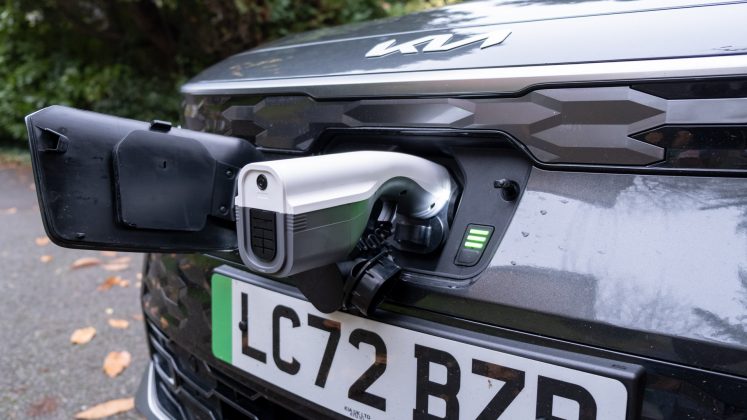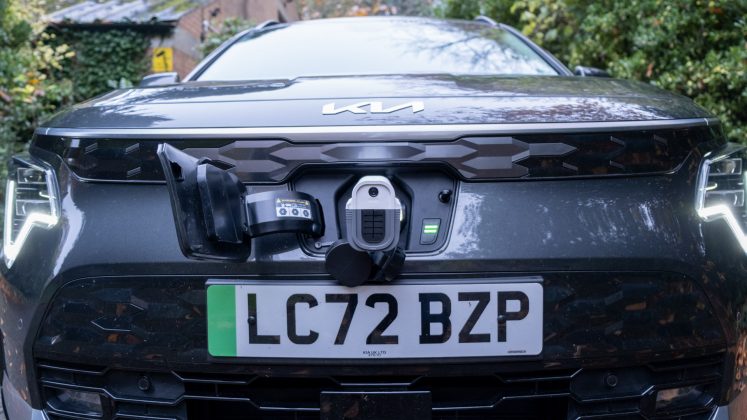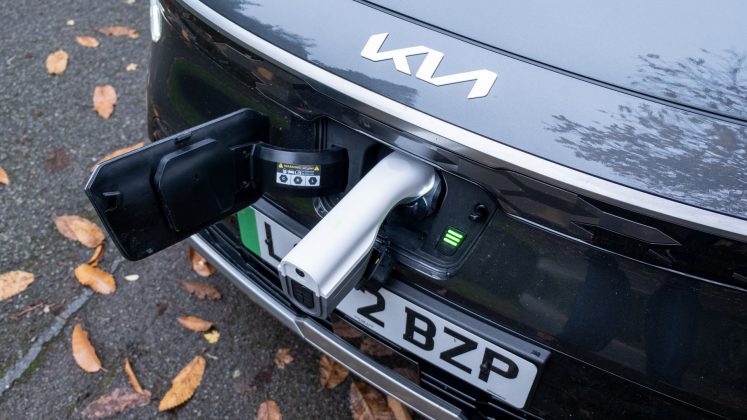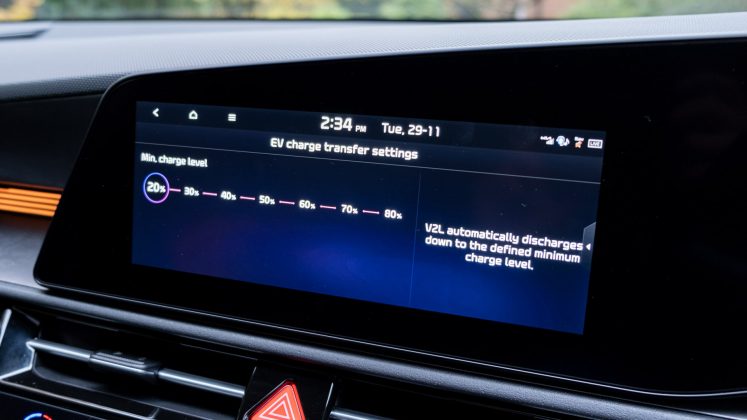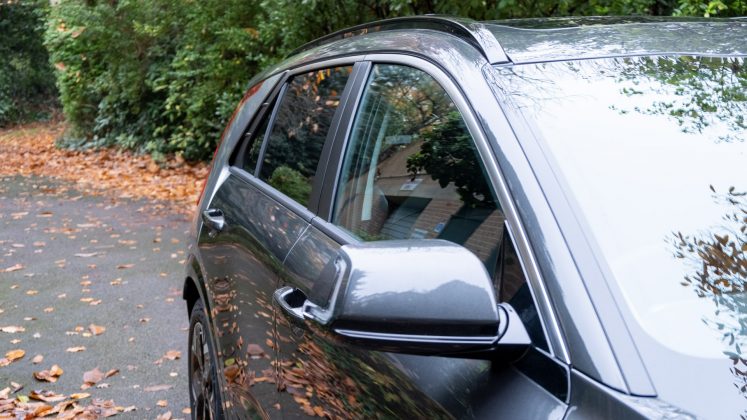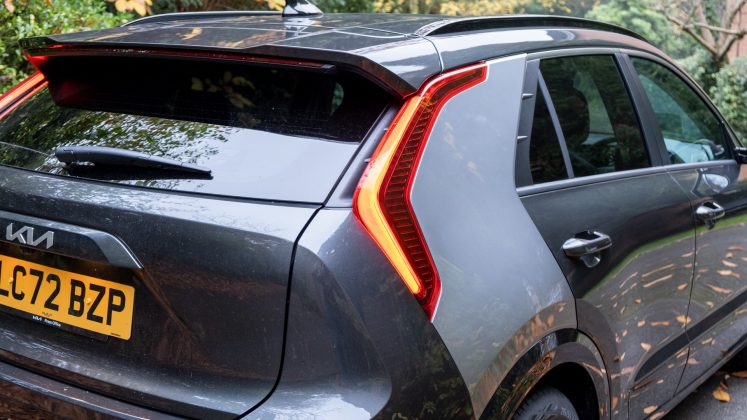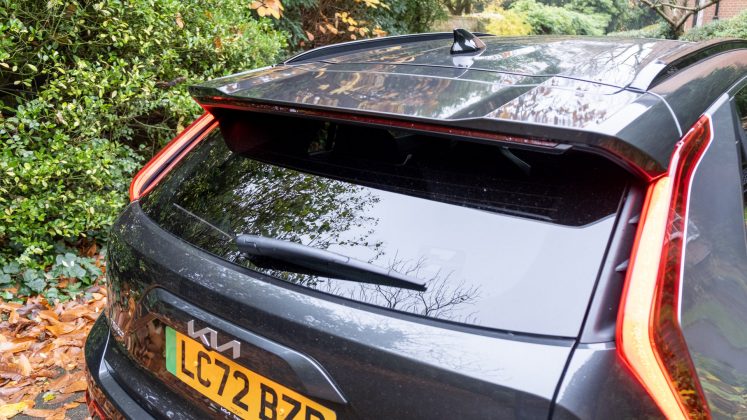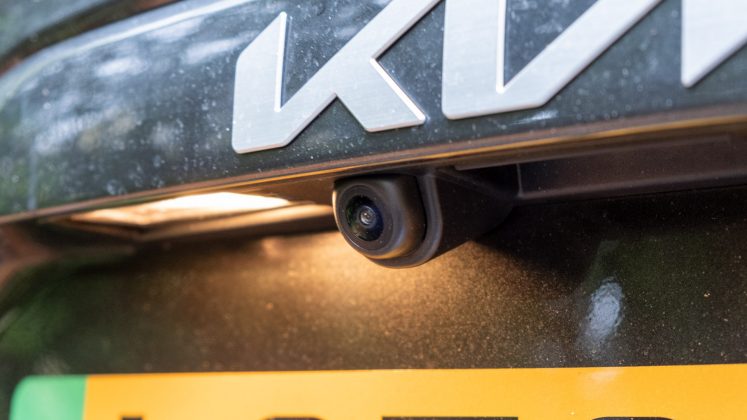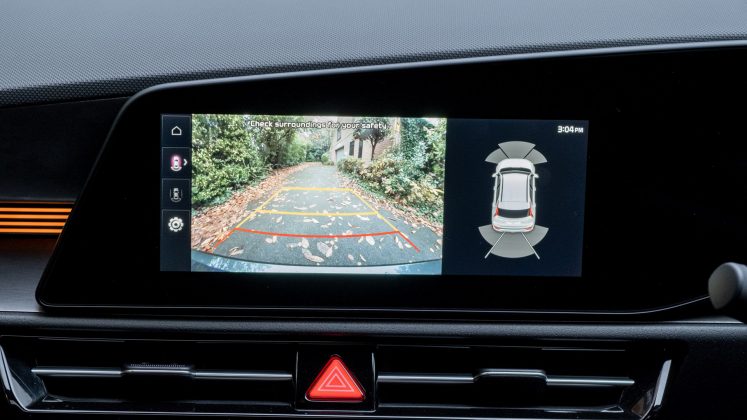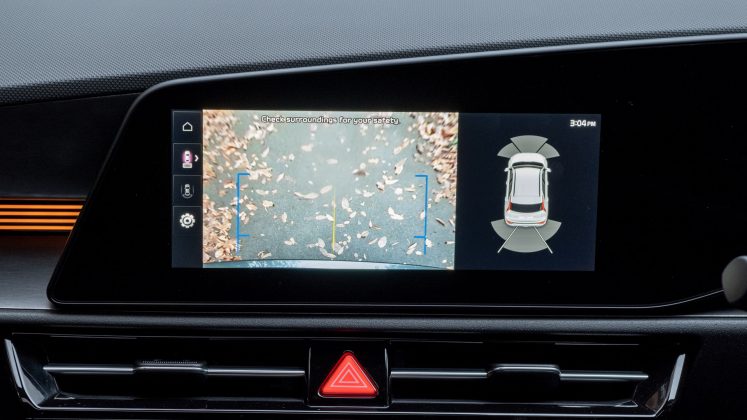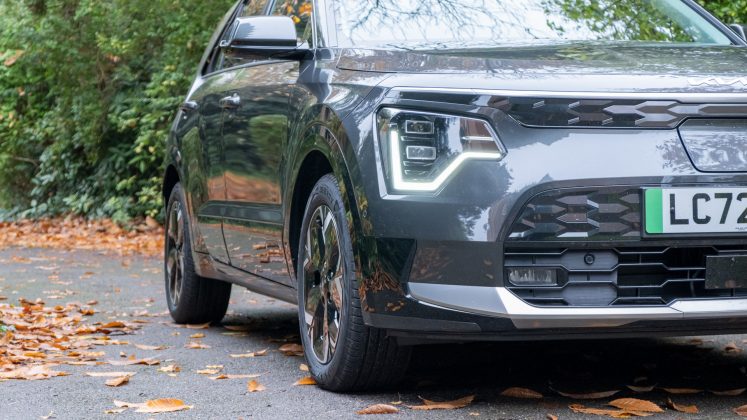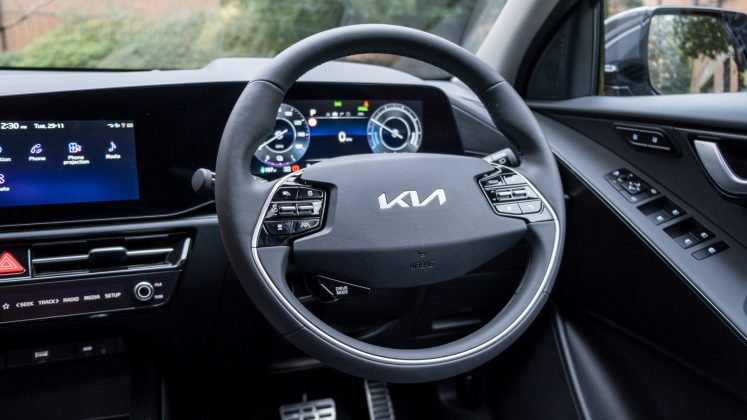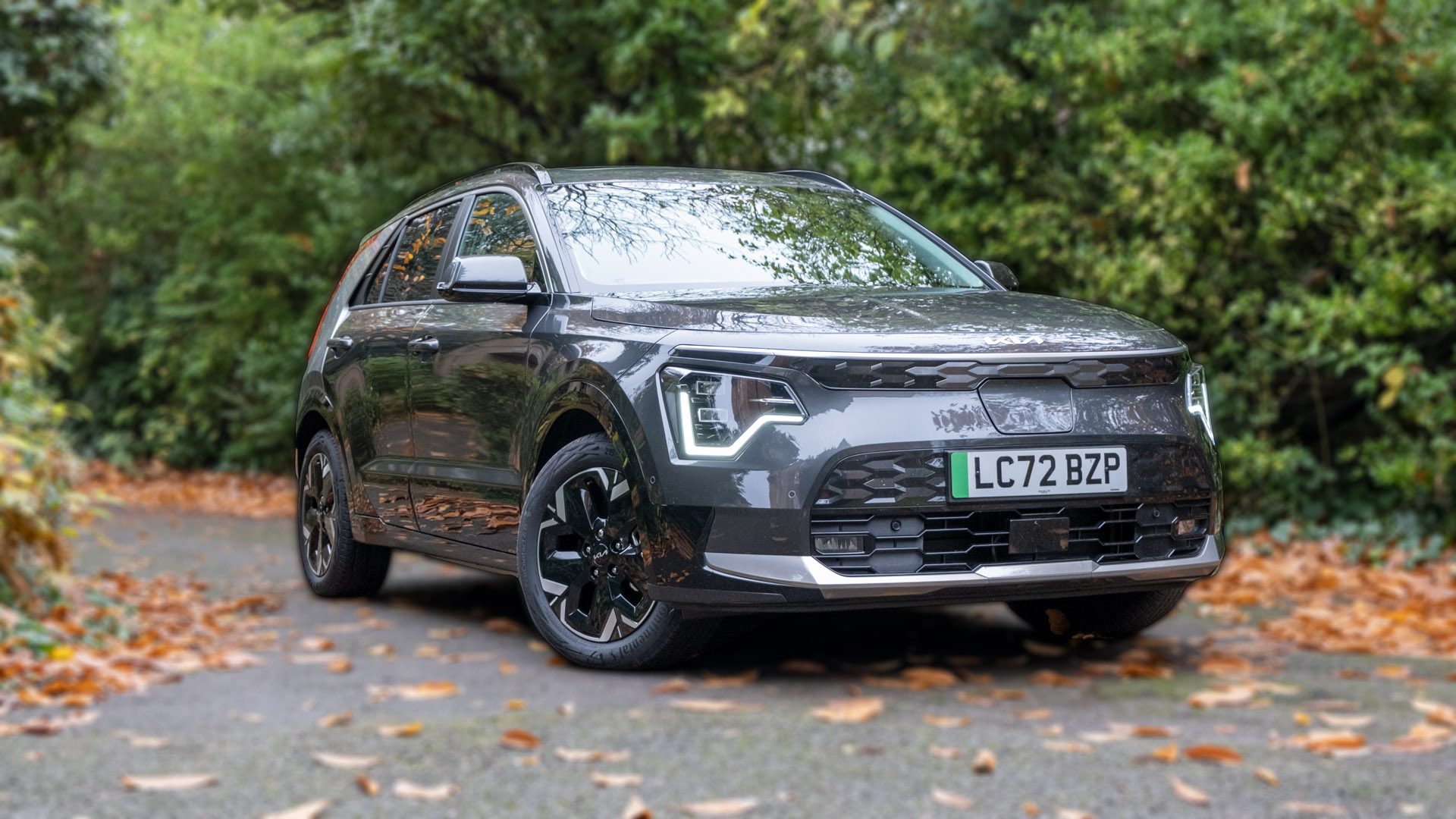The Kia Niro EV is a compact all-electric SUV that attempts to build on the success of its predecessor, the e-Niro. Having reviewed its sibling in 2020, we found it to be an excellent value proposition for aspiring EV owners. A lot has changed since then, with many new entrants to market offering compelling alternatives; all of which aim to pick away at the South Korean automaker’s market share.
If you’d prefer to watch a review of the Kia Niro EV, head on over to our YouTube channel.
Kia Niro EV price & competition
Despite increased competition, Kia hasn’t seen the need to cut back on the vehicle’s asking price, in fact, it’s gone in the opposite direction. The Niro EV starts from £36,795, with prices extending up to £42,295 for the top-spec level ‘4’ trim that we have on review. A detailed breakdown of the trim levels can be found, below (click to expand):
To put it into perspective, its predecessor, the e-Niro used to start from £29,595 and extended up to £36,145 without options. There is a multitude of reasons that have factored towards the price increase, one of them being the UK government’s termination of the plug-in car grant (PiCG).
Find the best Kia Niro EV deals
As a result, a similar price increase has been observed across the industry. Nonetheless, now more than ever, there are plenty of alternatives, some of which are a lot cheaper than Kia’s offering – in the more affordable all-electric SUV segment, you’ll find: the MG4 EV from £25,995; the MG ZS EV from £29,495; the Citroen e-C4 from £30,995; the Hyundai Kona Electric from £31,325; the Vauxhall Mokka-e from £32,695; the Peugeot e-2008 from £33,700; the Kia Soul EV from £34,995; the Volkswagen ID.4 from £37,290; and the Skoda Enyaq iV 60 from £38,380. You’ve also got the MG5 EV, the all-electric estate that starts from £30,995.
Read next: Kia e-Niro review: The best all-electric SUV?
Kia Niro EV exterior review
With the added premium over the e-Niro one might expect a snazzier design, and that’s exactly what you’re getting with the new Niro EV. The vehicle’s exterior has been updated for the better in almost every way.
Its front profile is modern and fits well with the manufacturer’s other models, its side profile is classy with the inclusion of 17” alloy covers featuring on all trim levels, and due to its taillight design, the rear of the vehicle is reminiscent of the late Ford Focus or Volvo’s offerings.
The only thing we’re not too keen on is its silver C-pillar design, which is solely present in the level 4 trim. It’s off-putting and breaks up the otherwise seamless design. Thankfully, it’s not compulsory, as a body-coloured C-pillar model is available at no extra charge. Speaking of your colour options, ‘Orange Flame’ comes as standard with all models, while ‘Mineral Blue’, ‘Cityscape Green’, ‘Interstellar Grey’, ‘Midnight Black’, ‘White Pearl’, ‘Runway Red’, and ‘Steel Grey’ cost an additional £595.
Read next: Cupra Born review: Better than the VW ID.3?
Kia Niro EV interior review
Much like its exterior design, the Niro EV’s interior is notably different from its predecessor, the e-Niro. Yet again, one could describe the changes as positive; from the upholstery, choice of materials and the use of technology within the cabin, Kia has upped the ante.
Indeed, from a tech point of view, there’s an 8” display in the level 2 trim and a 10.25” display in the level 3 and 4 trims. The infotainment system is responsive, intuitively laid out, and provides a plethora of customisation. Both Android Auto and Apple CarPlay are supported over a wired connection, with the latter also supported over wireless; alas at the time of writing, the former still requires you to use the USB Type-A port that’s found towards the front of the centre console and that resides next to a USB Type-C port and a 12V socket that provide power only. Rear occupants will find a USB Type-C port within the inner areas of the front seats.
Nonetheless, the Korean automaker has finally integrated widescreen support for Android Auto, whereby in the e-Niro and other older vehicles from the Hyundai Group, one-third of the screen would be rendered useless. Thankfully, that’s no longer the case.
Shifting our attention to the driver’s display, you’ll find a fully digitalised 10.25” display in all trim levels. Its design changes depending on the selected drive mode but there’s no customisation. What’s disappointing, however, is that navigation data from the aforementioned third-party mobile operating systems are still not fed through to the instrument cluster, though, information is displayed from the built-in system.
Similarly, in the level 4 trim, the integrated Head-Up Display (HUD), doesn’t display navigation data from Android Auto or Apple CarPlay, but oddly will show media information. Yet again, in-built navigation data is fed through, with key driving information also shown to bolster safety; you don’t have to glance down or to the side to check the speed or the driver assistance systems in operation. Note, there’s no means of adding a HUD in the cheaper trim levels.
Read next: Hyundai Kona Electric review: Kia e-Niro alternative?
What is present on all trim levels, is the very practical touch-sensitive panel that can be found by the dashboard; identical to that of the Kia EV6. At the touch of a button, one can flick between media and climate controls, with the two physical knobs that reside on each end also responding to change. It’s an intuitive take on eradicating physical buttons from the vehicle’s cabin; it’s far easier to use over capacitive buttons that are present on rival offerings and provides a modern feel over alternatives that have stuck with physical controls.
Speaking of removing elements from the cabin, Kia has taken away the eight-speaker Harman Kardon system from its top-spec trim. TotallyEV has been informed that this is due to supply chain shortages. At the time of writing, there are no indications by either the speaker manufacturer or the automaker if this option will ever come back to the Niro EV. A disappointment, as the system provides a notable upgrade over the stock six-speaker system that’s now present across all trim levels. Our press vehicle was fitted with the Harman Kardon system; you can hear how it sounds by watching our dedicated audio review on YouTube.
Kia Niro EV storage review
Moving onto storage, there are different areas to store your valuables within the cabin. At the front, you’ll find a sizeable glove compartment, a storage bay towards the front of the centre console that also doubles up as a wireless phone charger in the level 3 and 4 trims, cleverly-designed cupholders with a retractable design that allow you to further expand the centre console area and a small compartment found within the armrest.
As for the door bins, the front two are not well optimised, as a 500ml metal bottle isn’t easily accessible due to the narrow design chosen by the South Korean manufacturer. Likewise, at the rear of the cabin, the door bins are even smaller but thankfully, if there’s no middle occupant one can reveal two cupholders within the pull-down armrest.
While in-cabin storage isn’t excellent, boot capacity should suffice for most consumers as it’s on par with its predecessor, the e-Niro, which offers 451 and 1,405 litres respectively. There’s 475 litres and with the seats folded flat, there’s up to 1,392 litres. Here’s how it stacks up to a few of its rivals: Skoda Enyaq iV (585/1,710 litres); VW ID.4 (543/1,575 litres); MG5 EV estate (464/1,456 litres); Peugeot e-2008 (434/1,467 litres); MG ZS EV (448/1,375 litres); Kia Soul EV (315/1,339 litres); Citroen e-C4 (380/1,250 litres); MG4 EV (363/1,177 litres); Hyundai Kona Electric (332/1,114 litres); Vauxhall Mokka-e (310/1,060 litres).
In terms of convenience, the tailgate has an excellent opening range, is easy to operate and thanks to its hatchback design, allows 6ft (182cm) individuals to easily frequent the rear of the vehicle. It’s electronically operated in the level 4 trim and limited to manual operation in the other trim levels.
As for rear seats, they have a 60:40 split-folding design and don’t have any through-loading capabilities due to the omission of a ski latch. Nonetheless, thanks to the Niro EV’s adjustable boot floor, one can utilise the large underfloor compartment to transport charging cables. Equally, if you do not require the boot load cover, it can also be tucked away in this area. This is, in part, due to its soft fabric design which has its benefits for storage but does raise concern in terms of longevity as it feels rather flimsy.
Aside from the rear of the vehicle, there is also a 20-litre storage compartment at the front; a welcome addition, as this was not present in the previous generation model. Much like its modern rivals, however, the frunk cannot be operated electronically, which means you’ll have to pull the release latch from within the cabin each time you wish to access the small storage area.
Read next: Skoda Enyaq iV review: The Volkswagen ID.4 alternative
Kia Niro EV comfort review
In terms of comfort, the Niro EV seats up to five occupants and with a non-existent transmission tunnel, it means the rear middle occupant can comfortably place their feet flat in front of them; alternatively, if there are only two individuals at the rear, they can stretch out their legs. Ironically, it’s much-needed, as legroom at the back is rather limited. Headroom isn’t the best either, as 6-foot 2-inches (188cm) individuals might feel a little constraint.
At the front of the cabin, both legroom and headroom are a non-issue. Manually-adjustable seats are present in the entry-level trim, with the level 3 model offering an electric driver’s seat, heated front seats, a heated steering wheel and a sunroof. The top-spec variant adds an electric passenger seat, ventilated front seats, a memory function for the driver’s seat and vegan upholstery. On that note, we found all seats a little too stiff for our liking – causing lower-back pain on longer journeys.
Find the best Kia Niro EV deals
As for cabin noise, it’s not too shabby. There’s a bit of road noise that creeps in when traversing rougher terrain and wind noise that can be heard deflecting off the A-pillars. The Niro EV is on par with its competitors but is no match for more premium offerings on the market.
Read next: Citroen e-C4 review: Most comfortable SUV?
Kia Niro EV performance review
What does stand out over its electric SUV rivals is the suspension system. It’s been tuned to soak up anomalies, speed bumps and potholes, meaning it’s quite comfortable for pottering around town. Of course, this does have its disadvantages where the vehicle suffers from body roll when going around windy country roads. Given the target market and its non-sporty design, we suspect many will prefer its softer setup.
It should be pointed out, however, that despite it being better than most SUVs within the city, the Niro EV cannot compete with the Citroen e-C4, which has class-leading comfort in this price category thanks to its adaptive suspension setup.
Equally, the Kia doesn’t have much punch in comparison to other solutions on the market due to it solely operating on a front-wheel drive (FWD) system. Indeed, the front-mounted motor combines with the 64.8 kWh battery pack to output 150 kW (201 hp) of power and 255 Nm of torque. We had it tested from 0-60mph using Racelogic’s Vbox Sport, at 7.37 seconds. Top speed is capped at 103mph.
Those familiar with the Niro EV’s predecessor will be aware that the new vehicle has a lowered torque figure; we suspect this was a calculated move by the South Korean manufacturer, as there’s no longer any front-wheel spin or torque steer when putting your foot down to the metal. As such, the vehicle feels a lot more stable on the road and provides more confidence on trickier surfaces.
With that said, a few rival automakers have switched to a rear-wheel drive (RWD) configuration, which not only aids with propelling said vehicles forwards, but also provides a heightened driver’s feel. Here, the Kia’s steering wheel still feels disconnected from the front axle and lacks that 1:1 input.
While this might not be of great importance to many Kia customers, the vehicle’s electric range plays a role in consumers’ purchasing decisions. From our own mixed driving tests, we netted 205-225 miles. Rather disappointing given its predecessor, the Kia Soul EV, Hyundai Kona Electric and heat pump-less VW ID.4 all achieved 260 miles on the same test route, while the cheaper MG4 EV and ZS EV Long Range netted 220-240 and 230-250 miles, respectively.
This could, in part, be due to the Niro EV on review not having a heat pump installed; a feature that’s surprisingly been omitted from an SUV that’s been designed from the ground up as an electric vehicle. Should you want to achieve an estimated 235-255 miles in mixed driving conditions, you’ll have to opt for the level 3 or 4 trims and add the £900 option; at the time of writing, the heat pump isn’t available in the entry-level model.
Buy a car phone mount on Amazon (Affiliate)
Thankfully, what is present on all trim levels are the different regenerative braking levels and i-Pedal mode. The latter allows you to bring the vehicle to a complete standstill when lifting off the accelerator pedal. Thus, inner-city drives become less cumbersome as one doesn’t have to resort to using the physical brake pedal when decelerating. Of course, the harshest mode does also have another benefit, as it aims to recoup the maximum amount of energy back into the battery pack to help optimise driving range.
While useful, it is a shame that i-Pedal mode isn’t stored within the vehicle’s memory, which means you’ll have to initiate it each time you step inside the cabin. Thankfully, this can easily be rectified in a few seconds by flicking on the left flappy paddle. Here, you’ll also find a few other regenerative braking levels: 1, 2, and 3; you can also access Auto mode by holding the right flappy paddle for a few seconds. In Auto mode, the vehicle will decelerate when lifting off the accelerator pedal based on the setting chosen in the infotainment system. Here, you can pick from: Strong, Medium and Soft, which in essence correspond with the same amount of deceleration as Level 3, 2 and 1 manual modes, respectively.
To recharge at a much more rapid rate, there’s a CCS and Type 2 port found at the front of the vehicle. The Niro EV is limited to an 85 kW input with the former connection, which by today’s standards is poor – many of its rivals offer in excess of 120 kW, which allows them to recharge much quicker at a DC charge point.
Nonetheless, to re-attain around 80% charge from empty using a rapid charger, it’ll take 45 minutes. Find a 50 kW charger and it’ll take 1 hour 5 minutes. As for AC charging, it’s great to see that all Niro EVs come fitted as standard with an 11 kW onboard charger, which allows you to benefit from 3-phase charging. This significantly shaves down charging times, as an appropriate charger will take 6 hours and 2 minutes, down from 9 hours and 25 minutes of a regular 7 kW wallbox charger. A 3-pin plug will take 27 hours and 30 minutes.
Elsewhere, there is support for Vehicle-to-Load (V2L) charging on the level 3 and 4 trims. Via an adapter plugged into the Type 2 port, you can discharge the vehicle at a rate of 2.2 kW, which is enough to power household appliances. Useful if you go camping, as you can plug in a light or pop on the kettle; there’s also a three-pin socket within the cabin, which can be located just in front of the rear seats.
Read next: MG4 EV review: The best value EV to date
Kia Niro EV safety review
In terms of safety, the Niro EV scored 5/5 stars on Euro NCAP’s rigorous crash tests. Managing an impressive 91% in Adult Occupancy, 84% in Child Occupancy, and 79% in the Safety Assist tests.
On the subject of driver assistance systems, there are a plethora of them included in the entry-level trim: Forward Collision-Avoidance Assist (FCA), Smart Cruise Control with Stop/Go Functionality (SCC), Intelligent Speed Limit Assist, Lane Follow Assist (LFA), and Lane Keep Assist System (LKAS). The latter is enabled each time you switch on the vehicle, but can easily be disabled by long-pressing the wheel icon, which is found on the steering wheel.
Move up to the level 3 trim and you’ll also get Blind Spot Collision Avoidance Assist (BCA) and Highway Driving Assist level 1 (HDA), which provides excellent steering support on motorway routes – it takes the stress away from doing those longer mundane motorway trips, as it keeps you centred in the lane. The top-spec trim further heightens said experience by adding in smarter safety features in the form of HDA level 2. The level 4 trim also adds Remote Smart Parking Assist (RSPA 1.0) and Parking Collision Avoidance Assist (PCA), which notifies you of oncoming traffic when reversing out of a space.
Speaking of which, parking is easy thanks to the inclusion of rear sensors and a rearview camera in the entry-level trim. The more expensive trims add front parking sensors, too. A 10.6-metre turning circle also makes it a breeze to manoeuvre the SUV in a tight parking complex.
Aside from this, visibility is excellent throughout the cabin, especially given that there’s a rear wiper. On that note, in the level 3 and 4 trims, there are rain-sensing front wipers. However, we found ourselves having to resort to the physical stalk to initiate the wipers as the detection of rain droplets was too slow.
Read next: New MG ZS EV review: Still the best budget electric SUV?
TotallyEV’s verdict on the Kia Niro EV
On the whole, the Kia Niro EV is an accomplished compact electric SUV that improves on the aesthetics and tech features of its predecessor, the e-Niro. However, its higher asking price combined with its lacklustre electric range and performance make it hard to recommend over its many rivals.
Find the best Kia Niro EV deals
Consider the Skoda Enyaq iV for a long-range spacious SUV; the VW ID.4 for its range and quirky design; the Peugeot e-2008 for its stylish looks; the MG ZS EV for its affordable nature; the Kia Soul EV for its plentiful features; the Citroen e-C4 for its supremely comfortable experience; the Hyundai Kona Electric for its electric range; and the MG4 EV for its all-round performance at an affordable price.
What do you make of the new Niro EV? Let us know in the comments section below or via social media; we’re on: YouTube, Instagram, Facebook, Twitter and LinkedIn.

